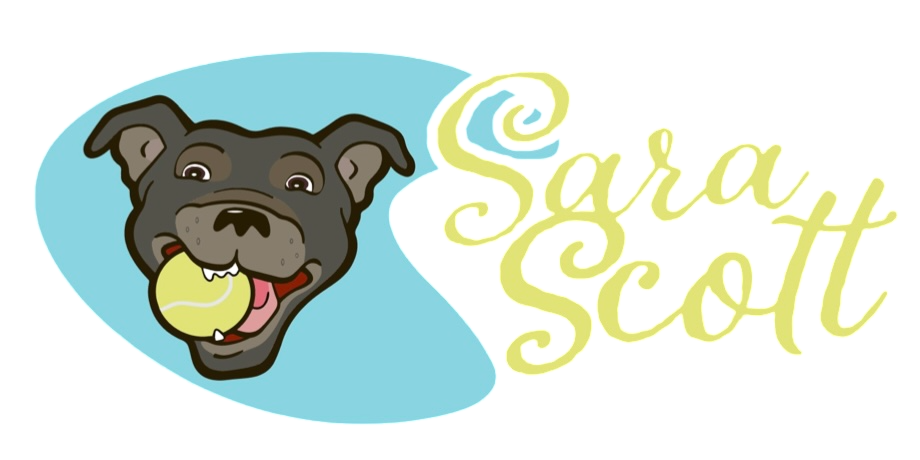Relaxation Is a Skill — And You Can Teach It
- Sara Scott

- Jun 9
- 2 min read
Most people think of relaxation as something that just happens when a dog is tired enough. But what if relaxation could be taught the same way we teach other skills, like loose leash walking or recall?
In my latest article for Bay Woof, I break down a process I often use in behavior work: combining decompression walks with structured relaxation. It’s a gentle practice, but a powerful one — especially for dogs who are always alert, sensitive to sound and motion, or find it difficult to settle outdoors.
This isn’t about forcing a down-stay or using cues to make your dog hold still. It’s about setting up the environment so that calm becomes easier to access — and then reinforcing the moments when your dog shows signs of real rest. That might look like a deep sigh, slow blinking, a soft body, or simply choosing to stay put and enjoy a chew toy on a towel or mat.
The article walks you through:
How to layer relaxation into the second half of a decompression walk
Why a predictable setup with high-value items creates the right conditions
What signs to look for when your dog starts to let go of tension
How to reinforce those signs without disrupting the moment
You’ll also find tips for selecting the right environment, troubleshooting distractions, and ending the session in a way that preserves the calm you’ve built.
For many reactive, anxious, or overexcited dogs, this kind of work helps lay a foundation for better regulation over time. But the goal isn’t to create a perfectly “chill” dog — it’s to offer them the tools to feel safe, slow down, and rest when they’re ready.
🌀 Read the full article on Bay Woof:




Comments